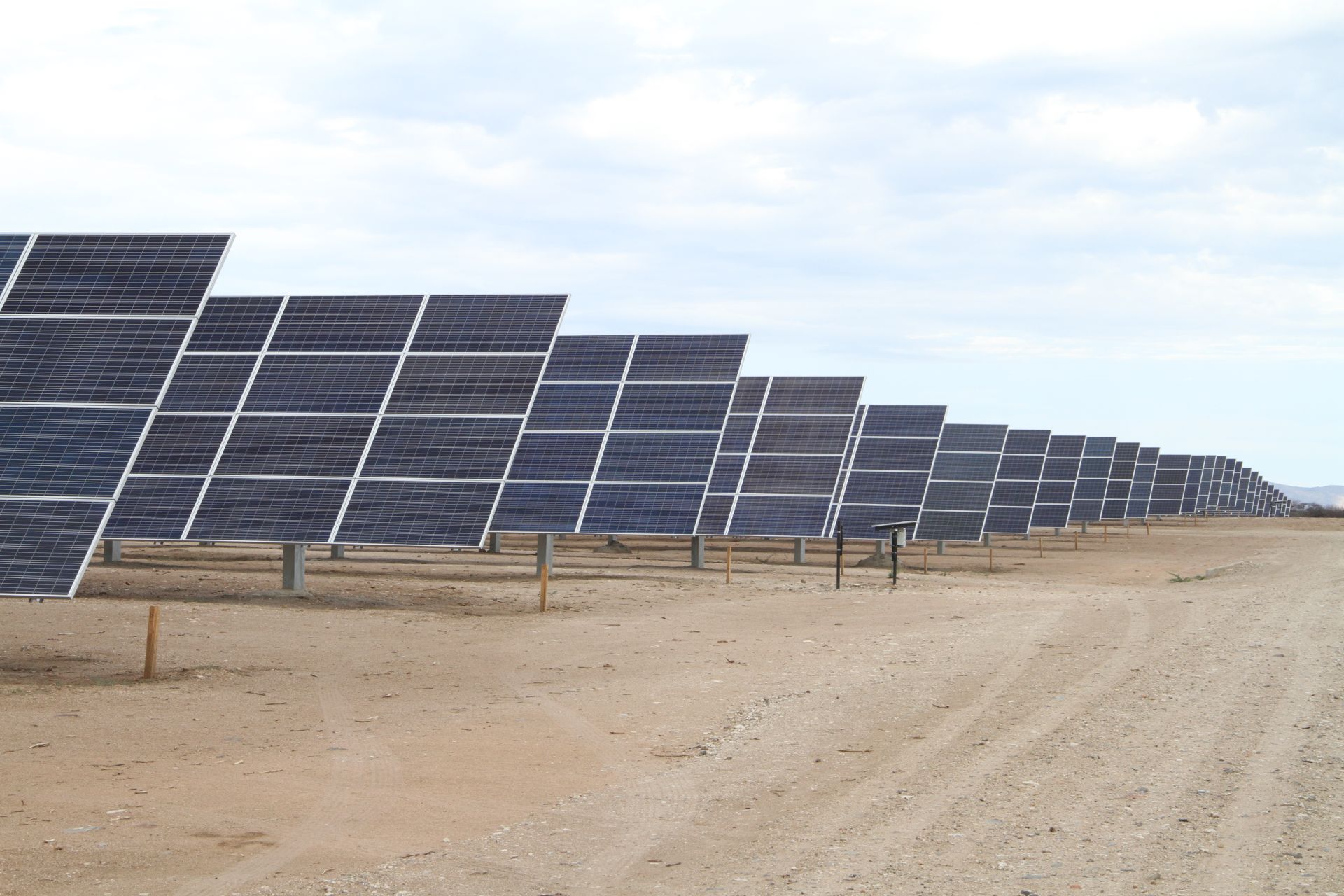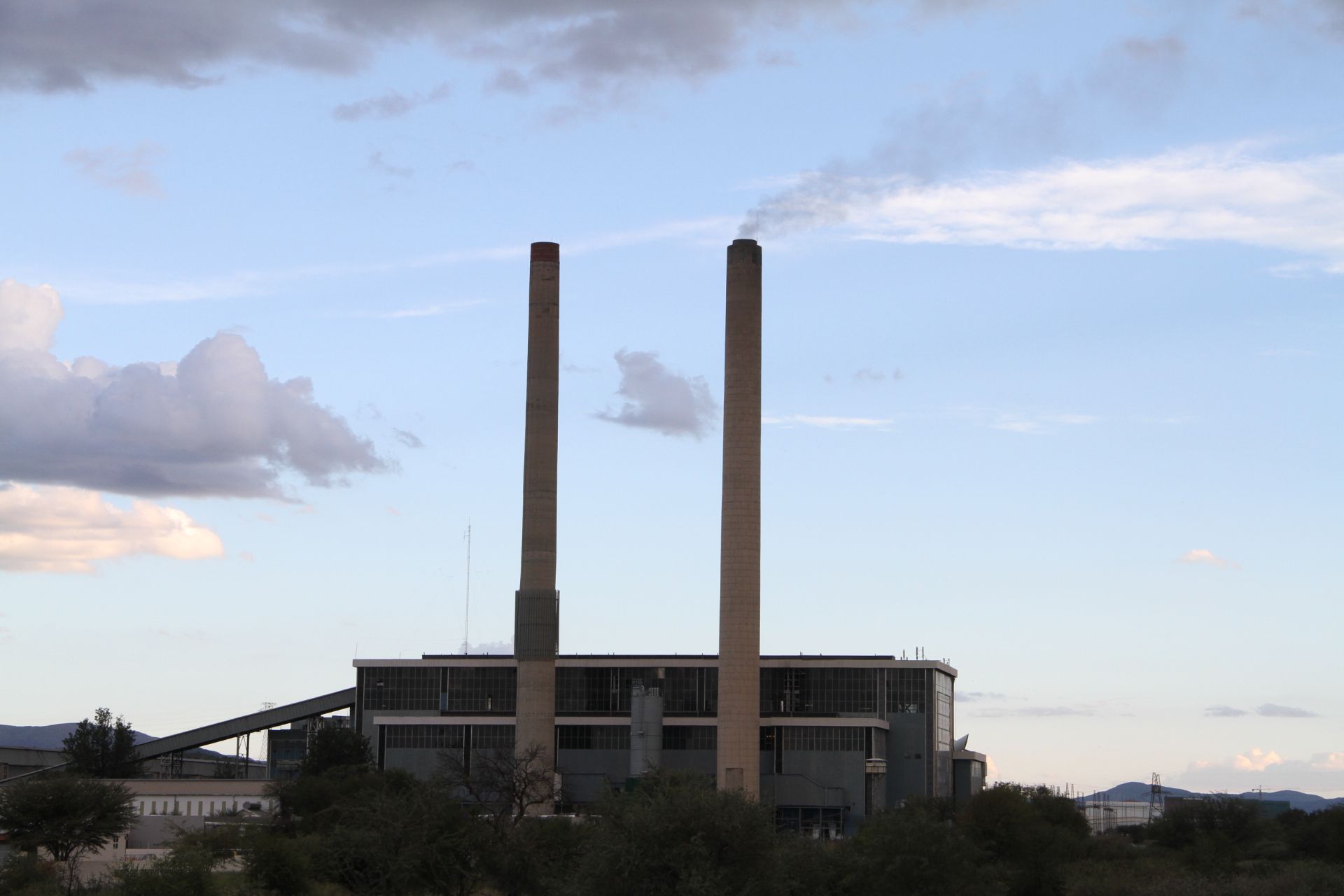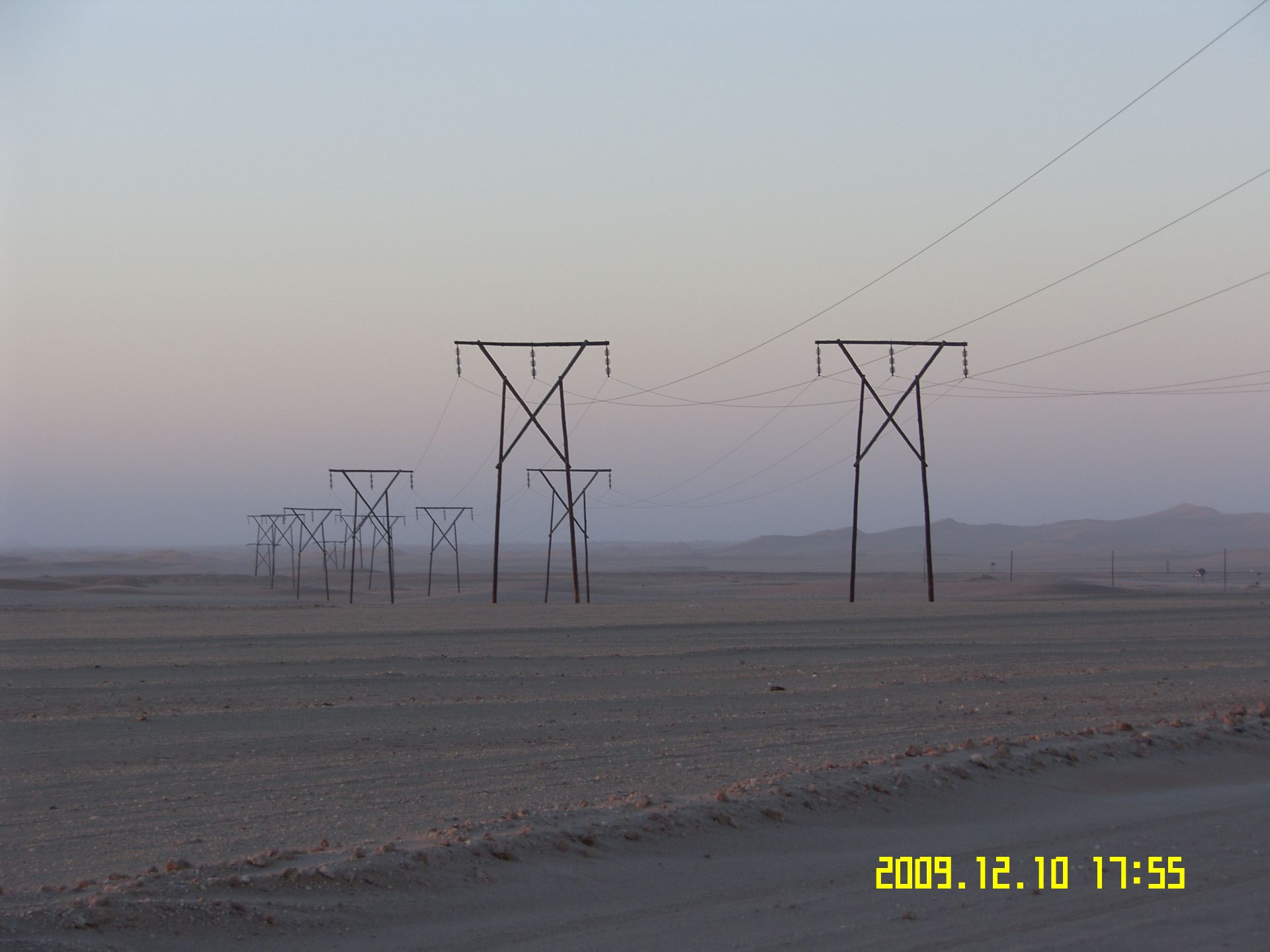Energy Utilisation & Climate Change
Energy of whatever form and source is an essential ingredient of modern life, and a critical pre-requisite for socioeconomic development. Each individual, family, society, nation (Namibia), region (SADC), continent (Africa) and the global community (the planet we all share), all have priorities and interests at each level that defines our today, tomorrow and beyond (long-term) developmental trajectories. Namibia’s energy mix policy strategy, strives to strike a balance on the various sources of energy by utilising all possible and available energy sources to achieve current and future, short- and long-term national development goals.
Fossil fuels were formed within the Earth from dead plants and animals over millions of years, hence the name “fossil” fuels. Oil, natural gas, and coal are collectively called fossil fuels. Although there is an increased push for countries including Namibia to shift away from fossil fuels, towards low-carbon sources of energies such as hydropower, solar and wind, the energy transition must be done in a way that shall be fair and affordable for developing countries such as Namibia and that have not been part of the past, current and future global emissions that are responsible for the component of the human induced Climate Change.
Our knowledge-based renewable energy consulting support services focuses on solar, wind, hydro, tidal, geothermal, biomass energy and Green Hydrogen (GH2) sources. Namibia is one of the sunniest countries on Earth with a solar radiation of about 6 kWh per m² per day (100 x 60W light bulbs in 1 hour) and, wants to harness its potential for solar and wind energies to produce green hydrogen (GH2) and position itself as a renewable energy hub in Africa. He following is the summary of the various types of hydrogen that may be produced and the nomenclature is dependent on the type of energy used to produce the hydrogen:
- Green hydrogen is made by using renewable energy such as solar or wind power, to electrolyse water. Electrolysers use an electrochemical reaction to split water into its components of hydrogen and oxygen, emitting zero-carbon dioxide in the process. Green hydrogen currently makes up a small percentage of the overall hydrogen, because production is expensive.
- Blue hydrogen is produced mainly from natural gas, using a process called steam reforming, which brings together natural gas and heated water in the form of steam. The output is hydrogen, but carbon dioxide is also produced as a by-product. Therefore, the definition of blue hydrogen includes the use of carbon capture and storage (CCS) to trap and store this carbon. Blue hydrogen is sometimes described as ‘low-carbon hydrogen’, as the steam reforming process doesn’t actually avoid the creation of greenhouse gases.
- Grey hydrogen is created from natural gas, or methane, using steam methane reformation but without capturing the greenhouse gases made in the process. Grey hydrogen is currently the most common form of hydrogen production. Grey hydrogen is essentially the same as blue hydrogen, but without the use of CCS technologies.
- Black and brown hydrogen uses black coal or lignite (brown coal) in the hydrogen-making process, these black and brown hydrogen are the absolute opposite of green hydrogen in the hydrogen spectrum and the most environmentally damaging. Just to confuse things, any hydrogen made from fossil fuels through the process of ‘gasification’ is sometimes called black or brown hydrogen interchangeably.
- Pink hydrogen is generated through electrolysis powered by nuclear energy. Nuclear-produced hydrogen can also be referred to as purple hydrogen or red hydrogen. The very high temperatures from nuclear reactors could be used in other hydrogen productions by producing steam for more efficient electrolysis or fossil gas-based steam methane reforming.
- Turquoise hydrogen is a new entry in the hydrogen colour charts and production has yet to be proven at scale. Turquoise hydrogen is made using a process called methane pyrolysis to produce hydrogen and solid carbon. In the future, turquoise hydrogen may be valued as a low-emission hydrogen, dependent on the thermal process being powered with renewable energy and the carbon being permanently stored or used.
- Yellow hydrogen is a relatively new phrase for hydrogen made through electrolysis using solar power.
-
White hydrogen is a naturally occurring, geological hydrogen found in underground deposits and the technologies for the utilisation of this resources are still to be developed.
RBS Climate Change consulting portfolio is focused on supporting knowledge-based short- and long-term Policies, Plans, Programmes and Projects adaptation and mitigation initiatives, respectively.
Climate change adaptation requires the local knowledge-based change in human behaviour and ways of life to protect humanity, and natural and socioeconomic environments against the impacts of climate change. Adapting to climate change requires the understanding local knowledge-based risks, development and implementation of short- and long-term action plans on food security and infrastructure development resilience against climate change. Climate change mitigation requires global consensus on avoiding and reducing emissions of heat-trapping greenhouse gases into the atmosphere to prevent the planet from warming to more extreme temperatures.
The planet earth will continue to be a risk-based home to humanity, flora and fauna and will remain a dynamic piece of rock in the universe for generation to come. The earth has seen geological induced cold and hot climates throughout its multi-billion years of geological life. Climatic cycles of cooling and heating will continue to occur on earth for many more billions of years to come. Humanity on earth shall only learn to adapt and adapt we shall, through Namibia sustainably utilising its natural resources within the spaces of coexistence for continued statehood self-determination to be driven by the new socioeconomic dawn at the national door step.
Considering the current and future national economic standing of Namibia, it will be extremely challenging and impossible for the country to be able to finance its climate change mitigation budget measures without heavily relying on drying-up and scarce handouts, donations, loans, and grants from developed countries. The current and envisaged green environmental financing models that are dependent on handouts, donations, loans, and grants from developed countries coupled with massive socioeconomic challenges and rural inherited generational poverty, will see Namibia struggle to achieve its NetZero by 2050.
As such Namibia cannot afford to abruptly stop all greenhouse emitting industries such as oil and gas exploration and switch to green energy overnight. Even the developed and industrialised countries responsible for all the historical, current and the next thirty (30) years of greenhouse gases emissions have adopted long-term strategies of transforming to greener economies and hope to achieve NetZero by 2050 if their national populations support the policies. The adoption of coexistence developmental approaches in the diversification of the national resources base will greatly help the country to widen its income base and financial independence to be able to fund both the short- and long-term climate change adaption and mitigation strategies, respectively, for the benefit of all Namibians, current and future generations and RBS will always be there providing knowledge-based solutions.





